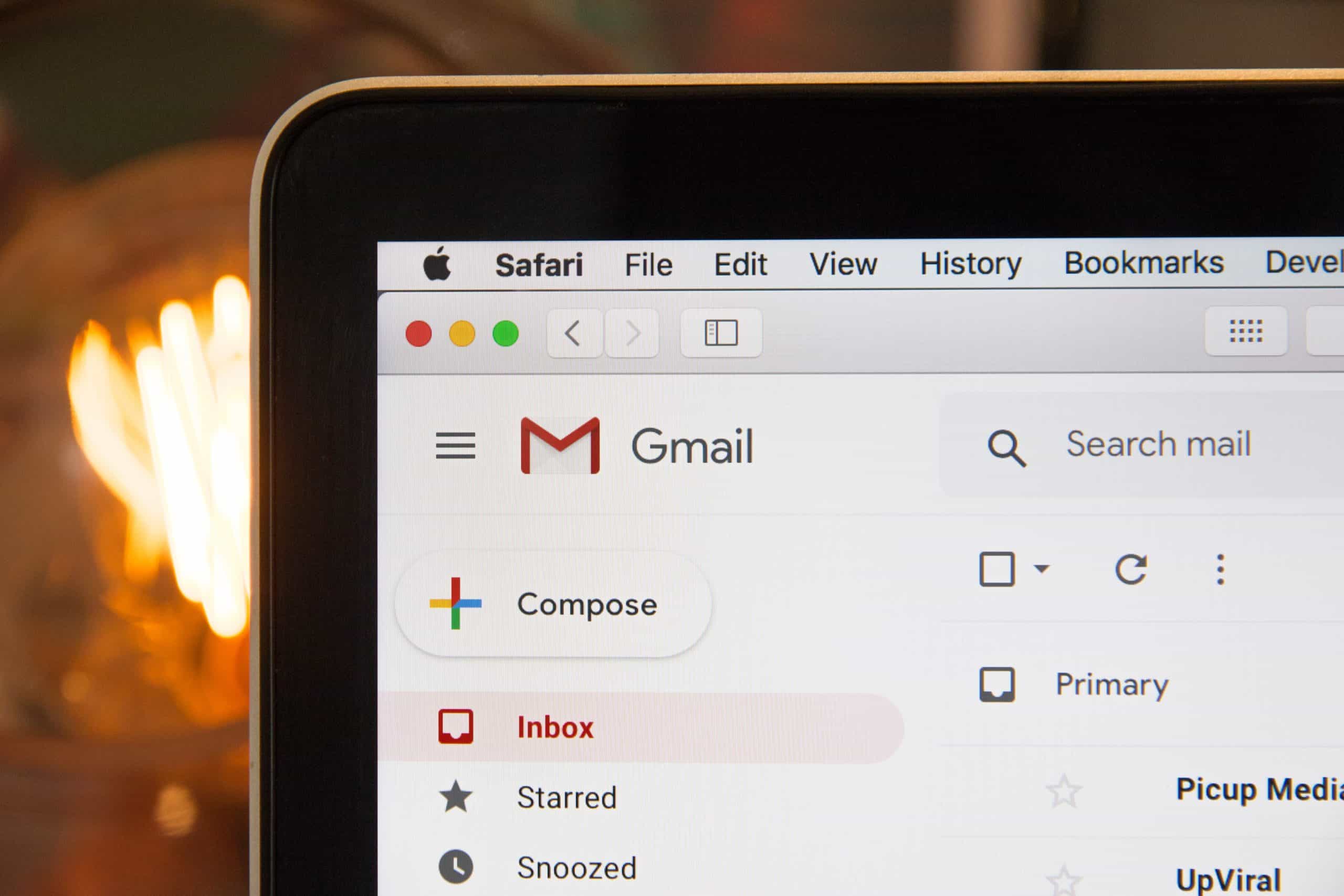Have you ever heard the expression: “If you’re not going to take the time to do something right, then you shouldn’t bother doing it at all?”
The applications for this statement are endless, but we’ve got a very specific one in mind for this post—B2B Marketing and LinkedIn.
Even though 96% of B2B marketers use LinkedIn for organic social engagement, many don’t see substantial ROI.
We’re not saying that ROI must resemble countless leads a month attributed to organic social media.
Some B2B businesses are seeing returns not exceeding a few likes and an occasional share. Others are still struggling to get any kind of engagement at all.
The problem: Too many B2B companies aren’t getting any results from LinkedIn. They are simply reposting content from other platforms without tailoring it to a LinkedIn audience. They just post what they happened to share somewhere else or copy what everyone else posts. This limits actual engagement and relies on automation.
In short, most B2B marketers aren’t doing LinkedIn right. Or at least they are struggling to do it right.
The solution: In a perfect world, you would be able to make a few tweaks to your business’s LinkedIn profile and see major returns. Unfortunately, no magic formula or quick fix will guarantee success on LinkedIn. As with most things worth doing, it takes work to do it right.
However, understanding a few high-level ideas will go a long way in improving any B2B business’ LinkedIn engagement, content, and overall presence.
Let’s get started on those concepts.
1. Have your end goal in mind.
Find your goals for LinkedIn (and any other social media channels you may invest in.) These goals are your touchdown, home run, and “nothing but net.” We digress from the sports metaphors.
Every other activity on your profile should align with these goals. Even your description, about section, and community hashtags should make sense for your industry and brand. Posts should align with your purpose, even if it’s general.
Choosing goals for your LinkedIn presence can vary from business to business and industry to industry.
Some companies just use LinkedIn to promote culture for HR purposes, and some use it for lead generation.
Both of these are valid strategies, but the tactics utilized and success measurement are dramatically different.
If you’d like to know more about our approach to tracking in B2B marketing, Check this article out!
So, don’t just start doing “stuff” on LinkedIn, have a goal in mind and strategically work towards it.
Try creating a calendar a month in advance with some room for in-the-moment posting and engagement. This will allow you to balance strategic creative, and authentic interaction on LinkedIn.
You’ll be able to see what works and what doesn’t.
2. Create content specifically for the platform.
In the early days of social media, it was enough to simply post your content on every platform and call it a day.
However, as the landscape has evolved, it’s become clear that this approach is no longer effective. Now, it’s important to tailor your content to specific social media channels.
LinkedIn is a perfect example, especially in the B2B sector that trends very specific and niche topics.
To succeed on LinkedIn, you need to create content specifically designed for the platform.
By taking the time to create targeted content for LinkedIn, you’ll be able to reach your targeted audience and stand out in a good way. (The bad way is that you stick out because your content doesn’t match LinkedIn’s feel or your company’s brand.)
Also, don’t just repost things that were created elsewhere. You may have valuable collateral, but your entire feed shouldn’t consist of shared links.
While sharing blogs or eBooks can make an impact, consider sharing little gems in simple updates. The idea is to look like a real company with a person on the other side of the screen creating posts.
Look for trending hashtags and topics in your industry or expertise area. HubSpot walks you through leveraging hashtags on LinkedIn in this article. It’s a small but powerful strategy.
Take a stance or share a possibly unpopular opinion. Give your organization’s point of view on the market and engage in conversation around it. This can start with joining a conversation on someone’s post in the comments and then creating a post of your own.
Sharing third-party content can also help you get traction; just make sure it’s valuable and appropriate to your set goals.
3. Engagement for engagement
It’s “social” media. (I know you’ve heard it before, but trite and true is still true.)
So, don’t just post and move on.
Comment on other posts in your connection group. Consider creating a group and invite others in your industry to join. Here’s how you start a connection group on LinkedIn. >>
Remember that it’s a conversation, not a microphone.
What about getting employees involved? After all, your team most likely does a lot of interacting with your customers and, therefore, your intended audience.
Here are a few ways to get your employees involved in creating and interacting with LinkedIn posts:
- Make it part of their regular workload. In task or project delegation, designate a section or initiative for social media activity, and specifically, call out LinkedIn as a platform where they should be active.
- Set up a dedicated B2B LinkedIn group for employees. This can be a great place to share news, ideas, and best practices. Plus, it gives employees a chance to interact with each other on a professional level. You could even set up incentives like gift cards or bonus PTO for engagement with company posts.
- Use employee ambassadors. Identify a few employees who are already active on LinkedIn and encourage them to be involved in B2B marketing initiatives. They can help create content, post updates, and engage with others in the group.
By involving employees in B2B marketing initiatives, you can tap into their knowledge and expertise while also building a stronger connection between what your company does and who you are.
Social media tends to have a “herd mentality.” If your employees and their connections are engaged, others will follow.
4. Invest in Visuals
Many LinkedIn users are scrolling through their feed between sips of their morning coffee in the break room or sneaking peeks during a long meeting.
An eye-catching infographic or short video can be the easily digestible content they’re looking for.
Visual can help engagement on LinkedIn. Even though the platform does push text-based content, an infographic or video can get you more attention.
In fact, videos can get 5X more engagement on your content, while live videos can get you 24X more engagement.
It can also be a way to differentiate your brand and show the creative side to your B2B company.
Keep in mind that your visuals and content represent your company and social marketing goals; create and post visuals accordingly.
5. Have realistic timeline expectations
Patience will be your best friend here. Because even incorporating these ideas promptly won’t bring in high-paying results in 2 months.
Social media marketing is a long-term strategy. It takes time to get the ball moving – it’s like a rocket (it uses most of its fuel for liftoff, but once it gets going, it takes way less effort and gets way further).
Many marketers who have found success with LinkedIn B2B marketing know it can take years to build a strong, popular presence.
So, don’t give up but enjoy the ride to the moon.
If you want to move things along faster, leverage paid ads more heavily. This can present its own challenges, so before diving in there, look at our guide to digital advertising in the B2B sector.
Ready to work LinkedIn in your favor?
These ideas are just the tip of the iceberg when it comes to LinkedIn for B2B marketing, but they are nonetheless a good start. The best time to start on these ideas was yesterday; the second-best time is today.
And, if you want help with crafting an effective B2B social media strategy, get in touch with us.
At New North, we offer social media marketing services, and while we’re based in Frederick, Maryland, we’re designed to help you reach the world.



